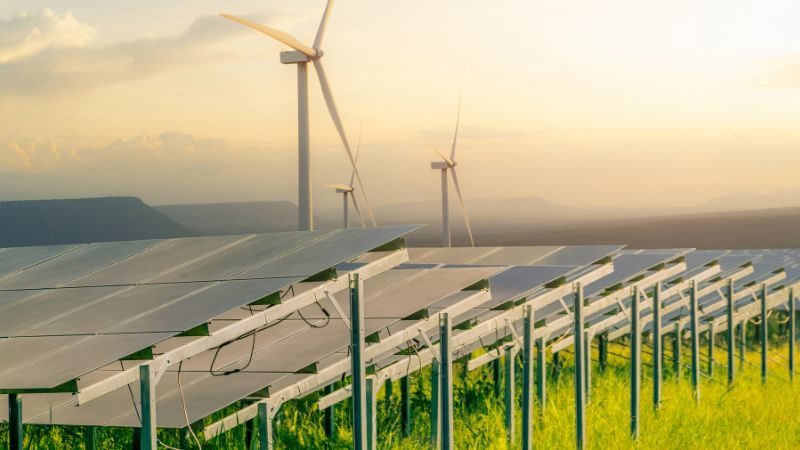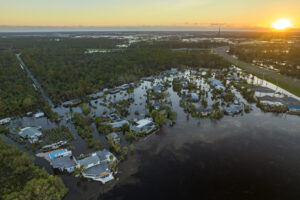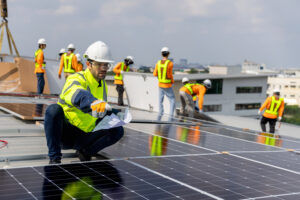In efforts to become more sustainable, cities across the United States are stepping up to the challenge by implementing progressive building energy laws. According to the U.S. Department of Energy, residential and commercial buildings are “responsible for approximately 40% of the nation’s energy consumption, 74% of its electricity use, and 35% of its total carbon emissions.” Cities are recognizing the significant environmental impact of buildings. And they are taking decisive actions to mitigate their carbon footprint and foster a greener, more resilient urban landscape.
As the detrimental effects of climate change become increasingly evident, cities are acknowledging the pivotal role that buildings play in the overall carbon emissions landscape. In response, a growing number of municipalities are enacting building energy laws. These are aimed at reducing energy consumption, enhancing efficiency, and ultimately curbing the environmental impact of urban structures.
New York City: Local Law 97
New York City is at the forefront of sustainable initiatives. Its Local Law 97 sets ambitious carbon emission limits for buildings, compelling property owners to implement measures that align with the city’s commitment to a low-carbon future. Nearly 70% of New York City’s carbon emissions come from fossil fuels used to heat, cool, and power its buildings. Local Law 97 aims to reach carbon neutrality by 2050.
San Francisco: Existing Commercial Buildings Performance Ordinance
San Francisco’s groundbreaking ordinance requires commercial building owners to conduct energy audits and undertake energy-saving measures. Like New York, San Francisco aims to achieve net-zero carbon emissions by 2050. Additionally, all large commercial buildings are required to obtain all electricity from 100% renewable sources.
Seattle: Building Tune-Ups Ordinance
Seattle adopted its Building Tune-Ups Ordinance in March 2016. It focuses on improving energy efficiency in existing buildings through tune-up measures, ensuring that structures operate at optimal performance levels, thereby reducing energy waste. Tune ups typically generate 10-15% in energy savings. This ordinance is a key piece of Seattle’s Climate Action Plan. The plan focuses on reducing the city’s greenhouse emissions to reach carbon neutrality by 2050.
Los Angeles: Existing Building Energy and Water Efficiency Program
In a city known for its innovation, Los Angeles has implemented a program targeting existing buildings to enhance both energy and water efficiency. This comprehensive approach reflects a commitment to holistic environmental stewardship.
Atlanta: Clean Energy Future
In 2017, Atlanta launched Clean Energy Atlanta with the plan to achieve 100% clean energy by 2035. It became the 27th city in the U.S. with the goal of becoming solely reliant on clean energy. Atlanta uses more than 8 million MWh of electricity every year and it’s expected to increase by 11% by 2035.
Washington, D.C.: Clean Energy DC
The District of Columbia also has its own goals for a greener future. The Clean Energy DC plan outlines 57 action items needed between now and 2032 to help reduce emissions by 56%. Buildings in the district account for 71% of its GHG emissions. Reducing building energy consumption in the capital region is paramount to reaching its goals. Part of the plan is the Building Energy Performance Standards, known as BEPS, which requires buildings to benchmark their energy and water consumption.
As U.S. cities launch building energy laws, the landscape of urban sustainability undergoes a profound transformation. The collective efforts of these cities not only mitigate the environmental impact of buildings but also set the stage for a greener, more sustainable future. At Big Shine Worldwide, we celebrate these initiatives. And we remain steadfast in our commitment to being a catalyst for positive change, walking the path to a more sustainable tomorrow.




